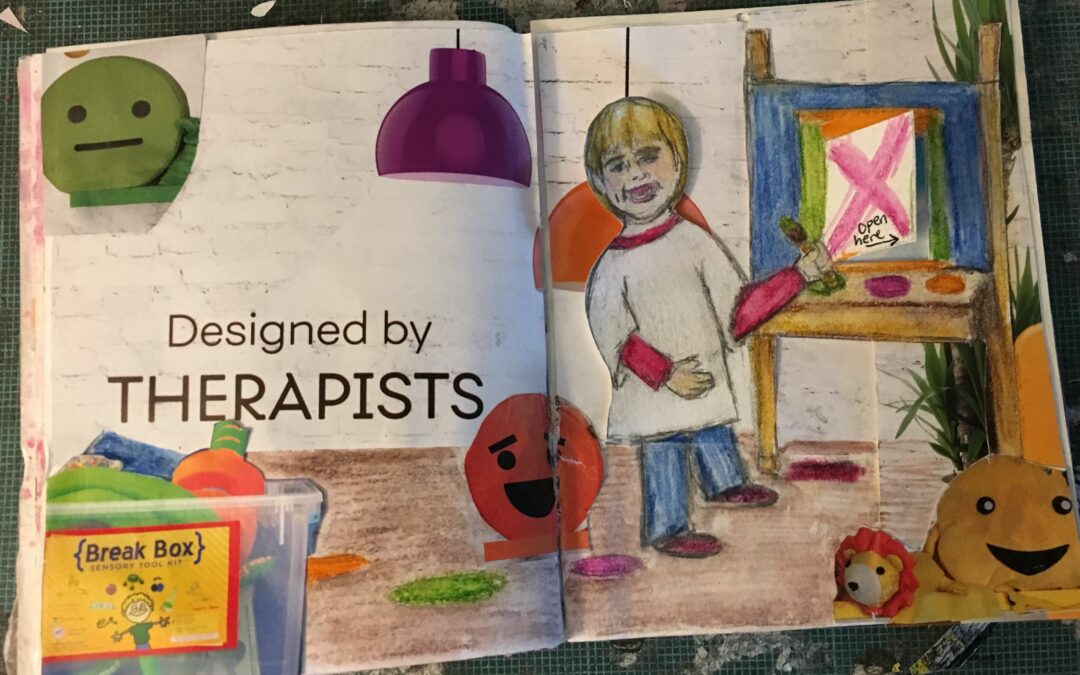Do you Work with Kids?
I get the inquiries all the time if I work with kids. Art therapy is great for working through trauma especially for people who may not “have the words.” A lot of adolescents really enjoy art making as a past-time and outlet too. However, I prefer to work with adults. Furthermore, finding at art therapist who loves working a particular age and specializes in what you need is best. Its going to flow and feel natural. That’s why I stick to what I love; depth work, art therapy, and dream analysis with adults!
“But isn’t art therapy like play therapy?”
Art therapy can be playful and utilizes the imagination, however, creativity is innate in the human condition and is not solely for children. To have a new idea or to move past being stuck in grief, trauma, or depression, something new has to arise from within the person. This “something new” is the act of creativity. Both the nature of change and the learning process are in their core, creative processes.
I work with adults in art therapy for a couple of reasons as follows:
- Adults, even if they feel trapped and powerless, have the responsibility to make their own choices. There may be consequences, but they are legally allowed to make their own choices. Minors do not have this luxury.
- There is a dynamic with a situation called “the identified patient.” This concept is related to the a family seeking therapy or an intervention for one member of the family. This member is often the most sensitive member of the family and is the weakest link or can often be the scapegoat or “odd man out.” In the vast majority of families that I work with, the family thrives best when the whole family is treated as the client, rather than one member of the family. Due to my predilections, personality, and preferences, I do not enjoy providing ongoing family therapy. I find that marriage and family counselors (MFT’s) are better trained and enjoy this type of work better than I do.
- In the traditional psychoanalytic, depth model, much of the therapeutic work is done in the therapy session that plays out in the relationship of the therapist and client. Ideally, the client is responsible for the therapy, sees the therapist at least once a week on a regular schedule, and pays for their own therapy. When someone else is making legal or financial decisions for the therapy, whether it is an insurance company or a legal guardian, there is a third party in the therapy. The security of the therapeutic situation becomes compromised, or at least, blurred. The parents have goals and are investing in a service for which they want to see an outcome. However, ethically, a therapist is obligated to maintain client/therapist confidentiality, except in the case of risk of immediate harm or danger.
- Finally, most adolescents are working on ego building such as improving self esteem, working on good mental hygiene, and figuring out identity issues such as how they want to be as a person in the world and what they want to do with their life. While these goals are often a part of therapy with adults as well, there is a greater level of depth, complexity, and accountability that an adult individual pursuing therapy commits to that often is lacking for adolescents in therapy.
Finding the Therapist who is the Right Fit for your Needs is Crucial
Every therapist is different and these are my personal preferences. I do my best work with adults interested in their internal worlds, grappling with big questions, and making major life changes. In my next post I will discuss specifically how art therapy may work at an adult level.

